A Trail of History, Lives and Tales
If you walk in Scotland’s hills regularly there will be many occasions when the act demands full concentration, navigating in poor conditions, the careful placing of each foot on a tricky slope, or the search for the safest place to cross a burn. Walking here can be an extreme form of Mindfulness! However, unless you are very unlucky there will be lots of times to appreciate the environment you are in, whether geology, wildlife, or scenery for miles, and not least the traces left by humans along the paths and on the slopes. These traces are the layers on the landscape of lives once lived and can lead to a deeper connection to the land.
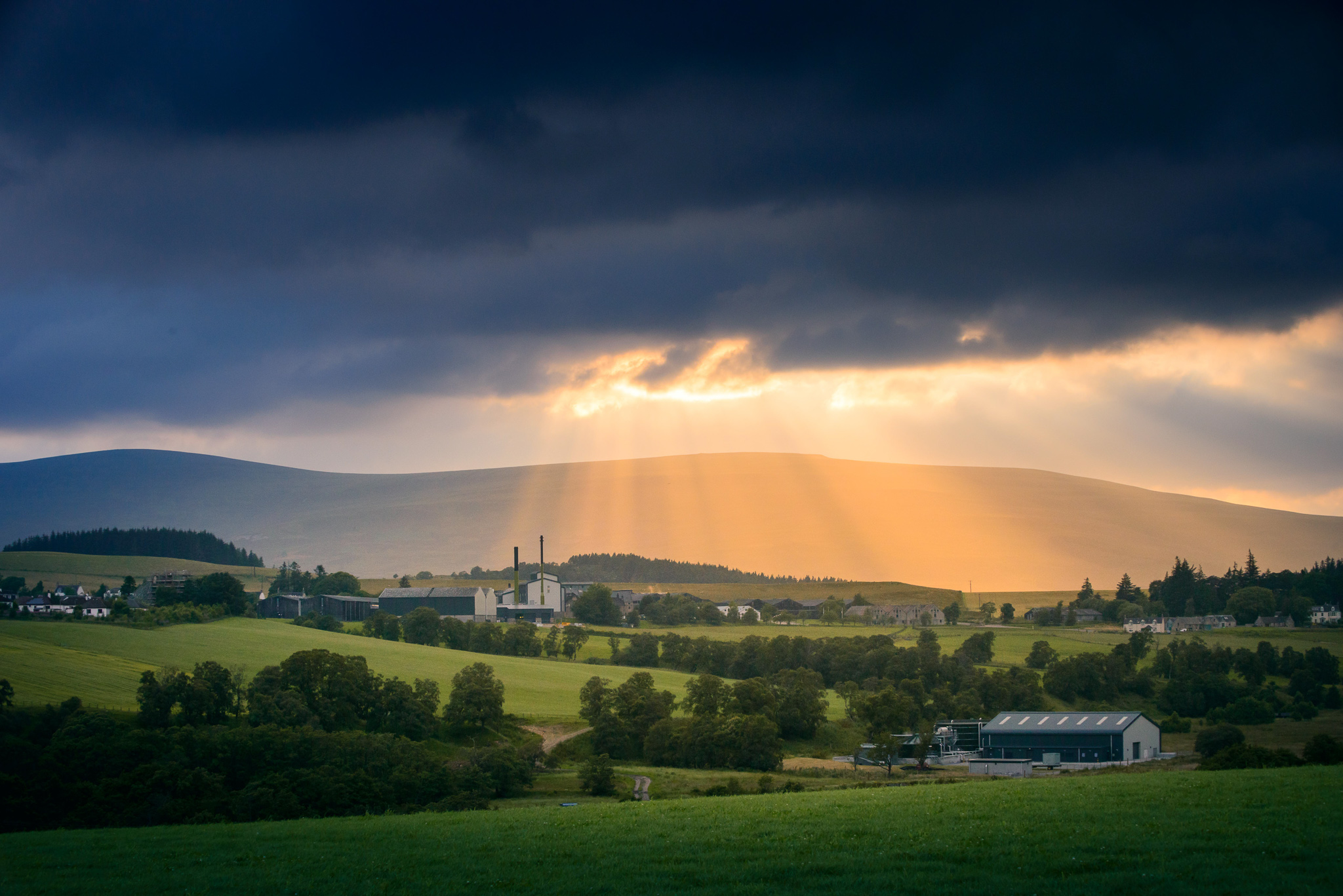
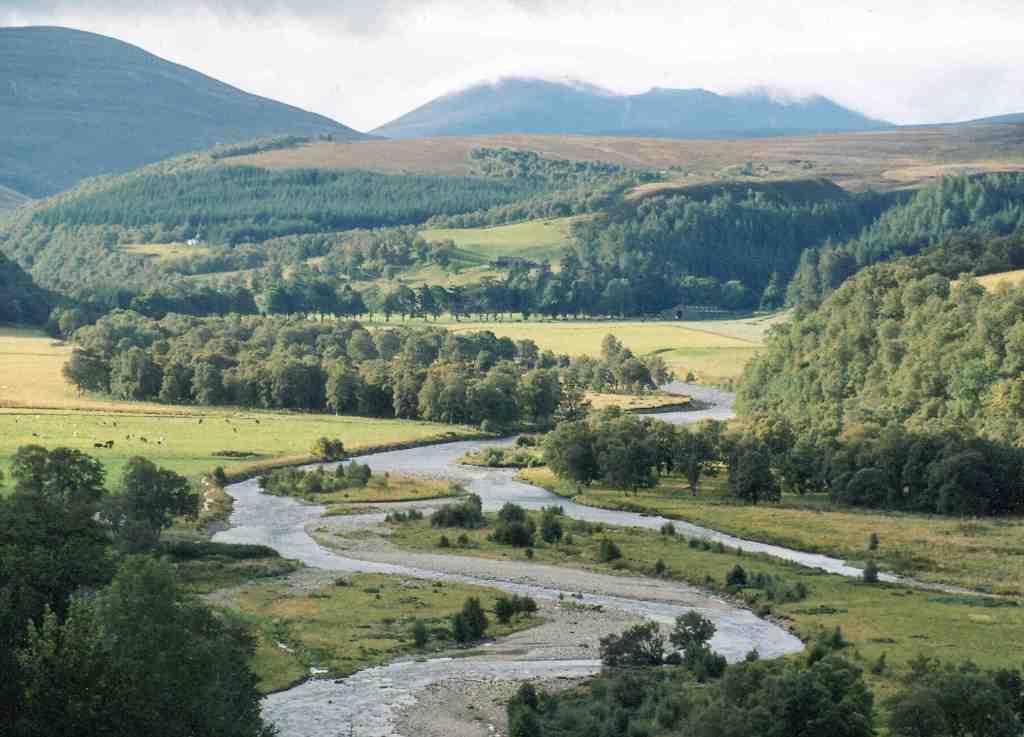
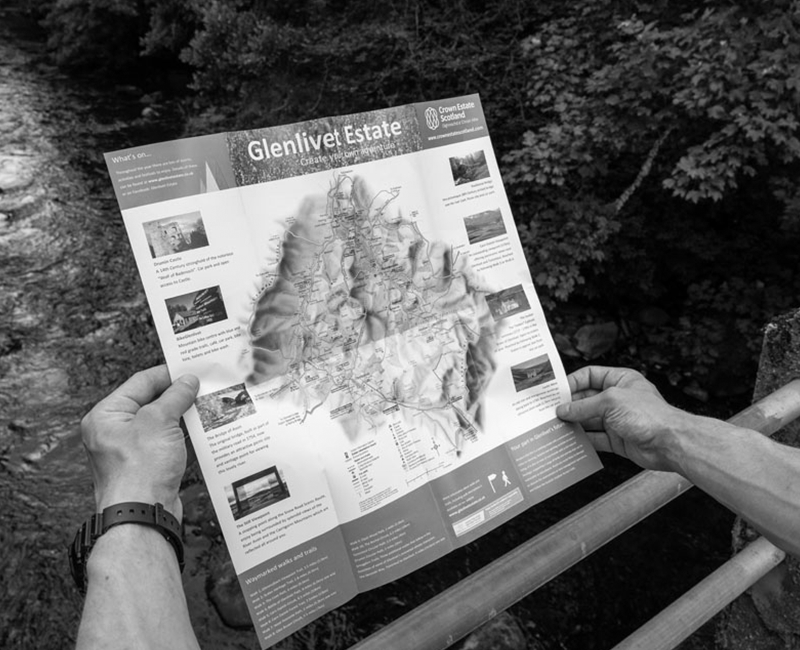
On Glenlivet Estate, the land is still used both for agricultural and sporting interests. Increasingly though we also take to the hills for recreation, an escape, a challenge. Some do it alone or with friends – others as an organised group. And that is why at the end of June 2022 a group will take to this route as part of the Moray Walking and Outdoor Festival – mostly made up of strangers coming to exercise, socialise and share tales of the past and present and making their own stories they will tell in the future.
It is a route that has many tales to tell from across the centuries – so many that this will be just a taster, an appetiser to inspire further digging and reading and discussion and hopefully to inspire a trip into the hills.
Hidden in the Hills
Glenlivet is known for its remoteness, a hidden place where two centuries ago cattle reivers, smugglers and illicit distillers of whisky operated or congregated to avoid detection. The beginning of this seven-mile hilly loop is at the Well of the Lecht.
A stone commemorates the building of the military road in 1754 – and it was remarked ‘The well is small but the undertaking vast!’
From here it is a short amble along good track to the Lecht Mine. Originally opened by the York Buildings Company of London as an iron ore mine in 1730. A group of men worked digging out the ore which was then carried on pony over the river Avon and across the hills to Nethy Bridge, where the wood from Abernethy Forest was used to smelt it down into ‘Strathavon pigs’. The mine saw substantial losses and closed seven years later.
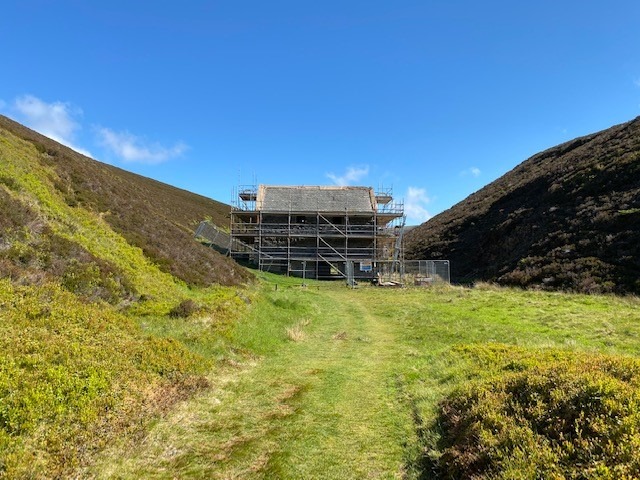
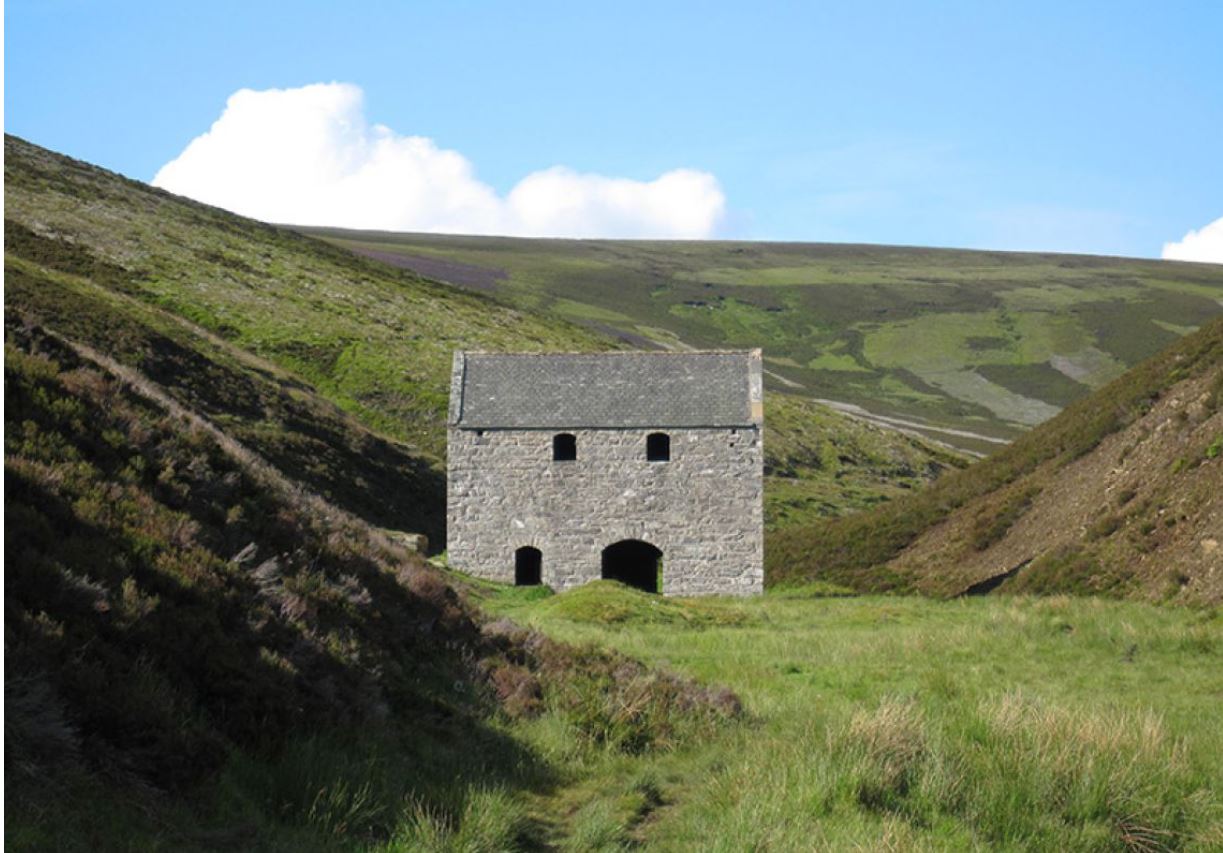
It was re-opened in 1841 by the Duke of Richmond & Gordon as a Manganese Mine, and at its peak of activity 63 men and boys worked the mine and it was, and still is, the largest manganese mine ever worked in Scotland. Sadly, competition from imported ore caused the mine to close for a final time after just 5 years of trading. In 1863 there was a chance of re-opening the iron ore mine but there was no money to build a new railway line to Tomintoul to transport the ore. The crushing mill is the only building to survive. It was restored in the 1980’s.
In June 2022 this mill is surrounded by scaffolding as stonework and repointing is carried out. A building close to 300 years old in this hostile environment needs a little care occasionally, but it is worth it to keep the stories alive.
Characters of the Hills

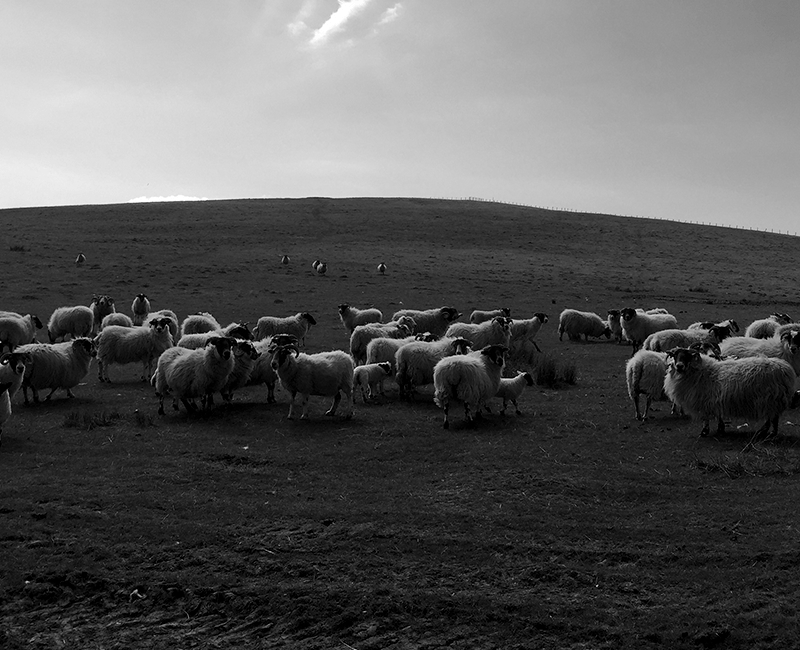
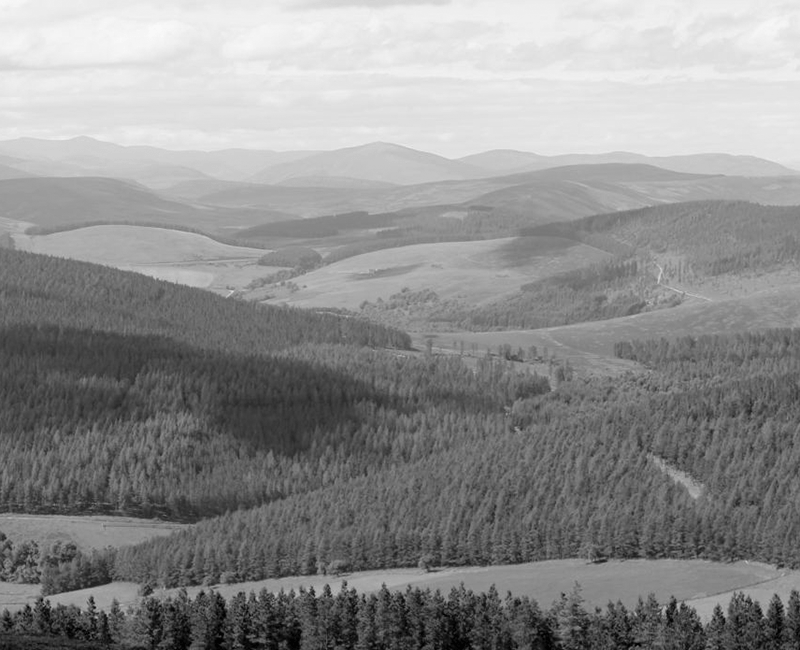
Now it is time to gain height, climbing the shoulder of Carn Dulack and crossing to the summit of Tom Trumper. This is perhaps a good time to reflect on the characters who have crossed these hills before. Stories of smuggling are many in this area and it is believed that 200 illicit stills once operated in the Braes. There are legendary stories of excise men, such as Malcolm Gillespie, and the smugglers becoming increasingly creative in attempts to outwit each other. Tales of whisky laden livestock bladders transported under skirts of women, shot horses and skirmishes.
The weather here can be unfriendly, and many people have been caught out by snow, icy rain and high winds. Perhaps best known, is Margaret Cruickshank, the ‘Lass o’ the Lecht’, who set out from Tomintoul in February 1860 to cross into the Ladder Hills. She became lost in a violent blizzard and despite a search party of 500 plus it was three months before her body was found!
Onwards to Scalan
From Tom Trumper we descend towards Scalan. Hidden deep in the Braes of Glenlivet, the Scalan seminary is one of the most significant sites of historical interest in the area. The Braes of Glenlivet offered seclusion to the persecuted 18th Century Catholics, who trained over 100 priests here, ensuring the survival of the Catholic faith. The Grade A Listed Seminary and Cottage was built in 1767 and was deliberately designed to look like a farmhouse, so it would not look unusual in the moorland landscape which had small, scattered crofts and farmsteads.
Reverting to being a farm, the Matheson’s lived there and brought up large families – at one time more than 30 children would descend each day from the Scalan crofts to attend the Chapeltown School. Once one of fifteen children, Sandy Matheson lived here alone until his death in 2005. His electricity was provided by a 12-volt battery charged by an old car dynamo run from the wooden water wheel which once drove the thrasher.
At Scalan we can ponder the other things of interest, the famous graffiti on the mill walls dating back to 1874 – a diary of farming and of love! There are stories of the barn owl and the pine marten that live here. Enough stories to entice the two priests that recently travelled to Scotland from India to have Scalan top on their list of attractions.
Luckily there is time to ponder, as we climb again to make our way back to the Well of the Lecht – let’s hope the weather and land are hospitable rather than hostile on our return journey!
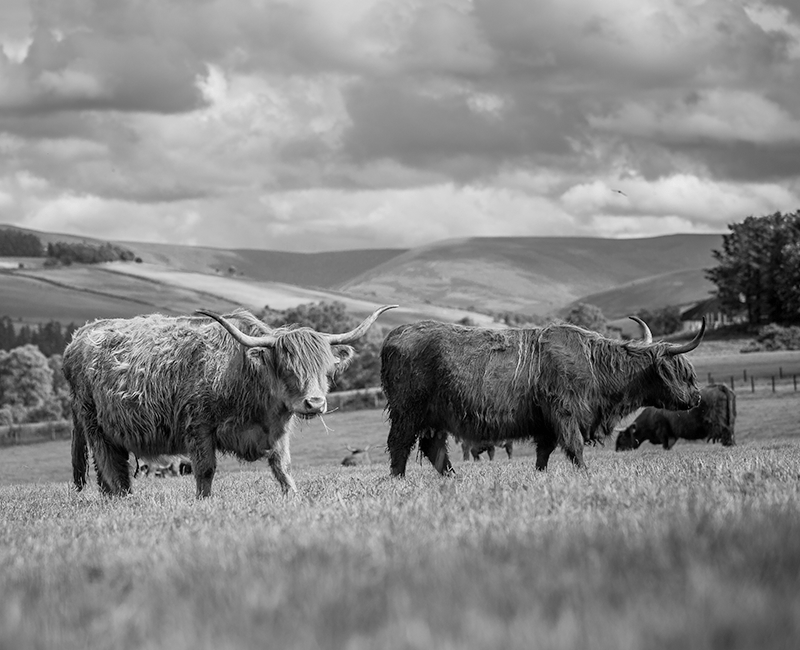
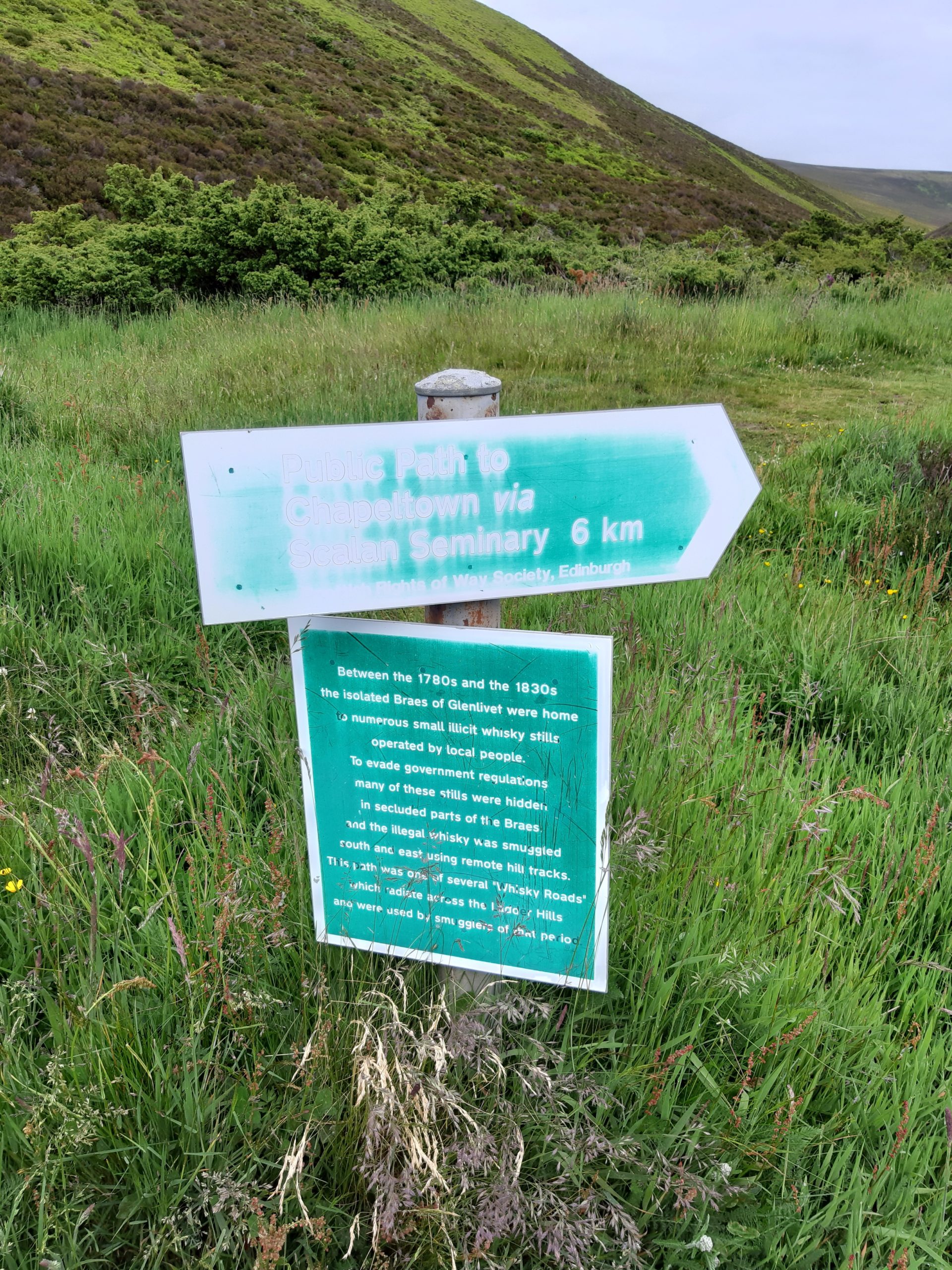
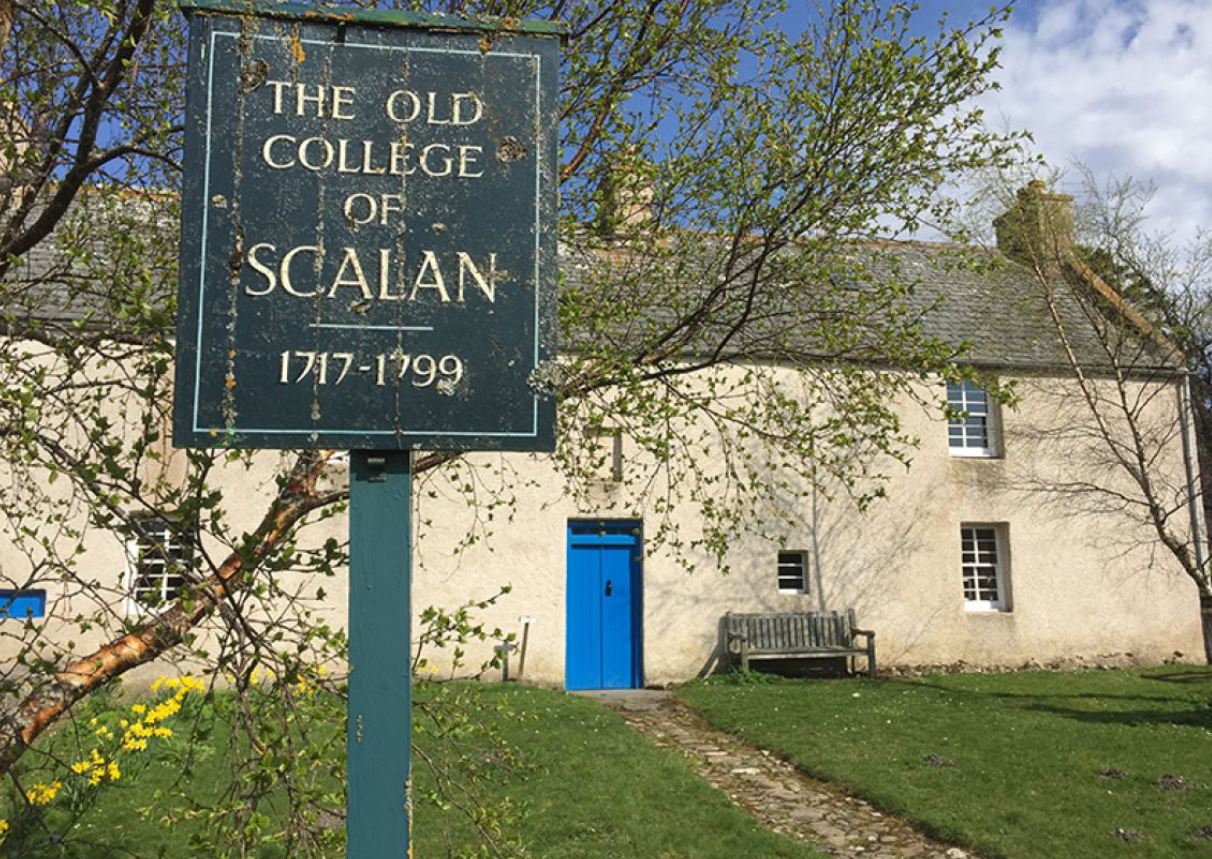
This article was written by Mark Johnston of The Glenlivet Estate. Find out more about his work here.
